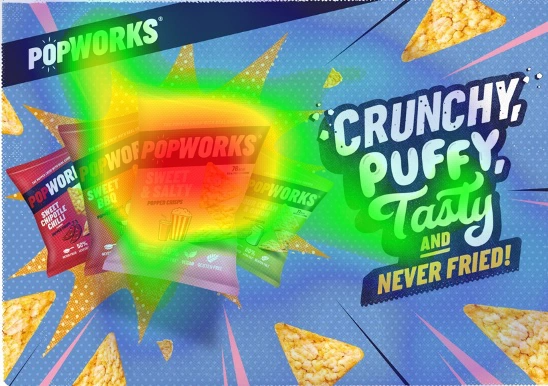Dare to digitise to achieve maximum ROI
Unlocking Digital OOH’s Profitability: Evidence and Insights
Finding evidence and return on investment solutions remains a crucial part of understanding the role and benefits of Out of Home advertising as we endeavour to provide greater accountability to clients. Talon’s latest study with Benchmarketing highlights the evolving effectiveness of digital OOH.
The move away from traditional paper and paste sites and towards more digital sites has been the cause for much debate around in particular its reach and impact outside of urban areas and the perceived ‘premium’ price positioning. But undoubtedly the marketplace has evolved, with 11,000 more DOOH screens across the UK delivering 70% more impacts in little more than two years.
This move towards digital provides the opportunity for greater accountability and in this context OOH has been shown serve client KPIs well when used in combination with traditional sites, even helping to double OOH’s effectiveness.
In an industry obsessed with hard metrics, being able to assess the long-term aggregated impact of OOH spend and evolving effectiveness is indispensable. It’s also critical to establish how DOOH delivers its value in terms of generating profit, giving clear bottom line responsibility. Historically these hard metrics have been difficult to pin down. We wanted to investigate and demonstrate the value of DOOH, as well as its perceived ‘premium’ point.
An econometrics and data analysis study conducted for Talon by Benchmarketing examined evidence-based campaign profit ROI for “services” advertisers. With over five years’ worth of data and 112 cases analysed, the project evaluated the role of DOOH by format and its ability to synergise with other channels and impact the effectiveness of the entire media mix.
Whilst the share of OOH on media plans has increased slightly as “services” brands have cut back on digital, TV and print, the overall share of OOH remains undercooked, even amidst sector growth. This is despite evidence from the study showing that OOH pays back more effectively at a higher spend. When traditional OOH’s share is above 12% the investment pays back immediately (campaign PROI 1.12). But a campaign also pays back at much higher levels, the optimal share arguably standing at 17% and extending towards 28% in some circumstances, fuelled by reach, DOOH and contextual messaging.
Digital OOH delivers effectively above any price premium over classic OOH with profit increasing by 11% for each 10 points of DOOH used as a % of OOH. Higher digital shares improve profit, mirroring IPA findings for time period improvements. Our previous analysis, conducted in 2015, found a bell-curve effect with digital spends less effective at lower and higher shares, with profitability peaking at around 45-50% of all OOH spend.
The analysis shows, raising digital OOH share increases profit (the current industry average is 47%) generating an incremental ROI of 46p for every 1 spent. Being braver with DOOH particularly pays back when large formats are used, boosting campaign profit even to 100% digital schedules. With reach now comfortably exceeding critical levels, many brands have shown they can use 100% large format digital in their OOH plan and achieve measured campaign profitability more than three times higher than the expected level, proving that bolder digital spends can reap the rewards. With such persuasive results it’s incredible we’re not more widely recognising the effectiveness and reach benefits of DOOH. Aggregated benchmarks show campaigns using combinations of TV and digital OOH drive profit. One brand achieved an 11% improved profit, although brands not spending on TV are shown to effectively use digital OOH to more than treble the return. What is clear from this study is that OOH is proven to deliver profit back, with increasing returns linked to increased OOH spend. The optimal level of return puts OOH at a 17% share of a media plan; DOOH allocation drives profit at 57% and above. This means digital has an effect to offset its price premium and that advertisers can be braver whilst daring to digitise to achieve the maximum return.




